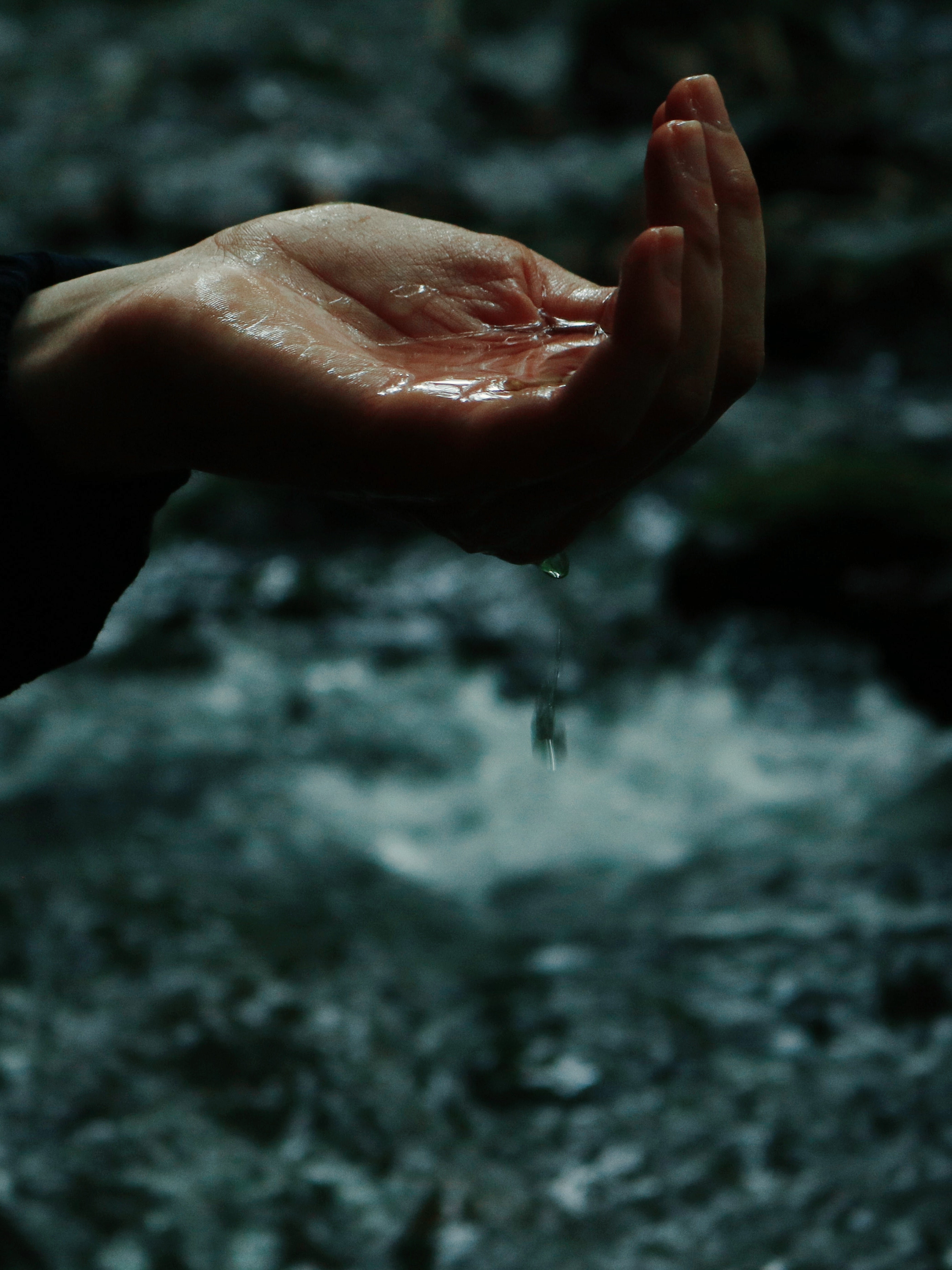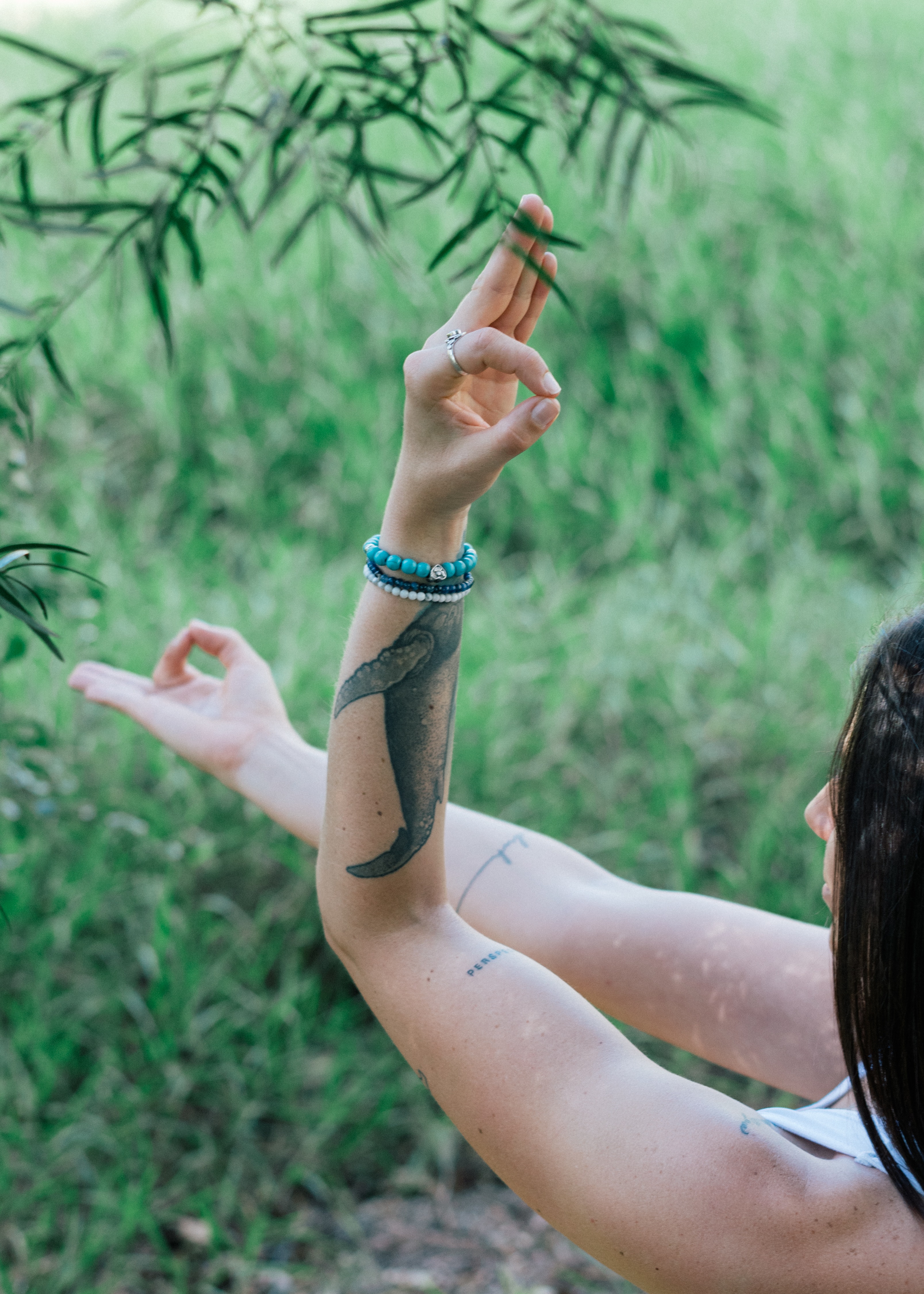
8 Take Aways from Attending A Silent Meditation Retreat
The first weekend in February I participated in a virtual silent meditation retreat. While I’ve practiced meditation, and been on retreats before, I’ve never embarked on an experience this extensive—and it certainly was an experience!
The retreat spanned six full days with periods of still and moving meditation (both guided and self-practice), teaching in the Buddhist/Mindfulness tradition (no note taking!) with “Dharma talks” and small group meetings. Mindfulness was encouraged for all the in-betweens to establish a continuity of practice—eating, cleaning, preparing meals—ideally, everything in transition. I was reminded of the quote from Thich Nhat Hanh, “Wherever you go, there you are.” Considering a silent meditation retreat? Or curious how it went? Here’s what I’m learning…
1. Inviting Input.
During the retreat, we were encouraged to disconnect from things like email, social media, and unnecessary/impulse communications. This I was a little excited for and felt good about doing, and was reminded that I could anytime! We were also limiting additional input ie. not reading (even other “spiritual” books), writing/journaling, or studying other teachings. This allowed us to keep a “continuity of practice” and presence. Listening to the dharma (teachings) directly from the teaching and perspective of the retreat teachers also helped the information soak in, to LIVE and learn it, not just study, memorize, or feel like I had to write it all down.
2. Noble Silence.
This is a traditional practice on a retreat where one is aware of the sound they are adding to the present space (hello, slammed cabinet and clinking dishes haha), and the key tenants of speaking are to 1. increase the understanding of the dharma (teacher sharing, teacher/student asking questions), 2. reduce the suffering of yourself or others 3. necessary communication (ie. kid logistics). I found myself exploring point two concerning the kids, choosing not to shun them for a few days, but to really listen and speak mindfully. Talking that way with the kids reduced my suffering, too.

3. Intentional Speech.
Another traditional teaching—is about what we say. Generally asking oneself, is what I’m about to say—true? useful? timely? And am I the one to say it? One teacher brought up the fake buddha quote, “are my words an improvement on silence? ”Taking this measured approach to talking made for a different experience than how I normally operate.
4. The Outdoors is always open. “…for going out, I found, was going in.” - John Muir.
During my time on retreat, I have been reminded of the value of simply being in nature. And it doesn’t have to be a destination location like the mountains of Colorado or the beauty of Allerton park, the breeze in my backyard can bring me into balance.

5. Meditation lying down still counts.
Yes, and it took hearing the teacher saying it explicitly more than once before I let myself accept it. Sometimes I get too rigid in my practices, that it has to be 110% or look a certain way to be ‘real’ when in actuality there is a spectrum. In regards to meditation, there ARE four traditional postures (seated, standing, walking, and supine) and each has its place. Lying down IS the real and best version when our physical bodies need a break (hello, pregnancy!) or we’re needing to feel more supported. I now love this posture for Metta (loving-kindness) meditation.
6. Mudita.
English is a limited language, and I’m grateful to pick up Sanskrit and pali words that don’t have direct translations. Mudita, one of the Four Immeasurables in Buddhism is the concept of appreciative joy, joy in others' experiences and circumstances. A true selfless exuberance that helps me feel so connected to the whole. I’m grateful to have a word for this feeling, and something to keep aspiring toward when I feel envy, greed, jealousy, and selfishness creep up.

7. Compassion is empathy with action.
Part of the Mindfulness teachings includes another focus of meditation, Metta or Loving-kindness meditation is where you repeat a series of well-wishing phrases to yourself and others. This practice of compassion usually starts with the self, which sometimes is just as difficult as trying to wish well to an enemy! Building compassion, not just empathy, means I care AND I care about doing what I can to reduce suffering, too.
8. Integrate life with mindfulness.
In the closing session, there was a lot of talk about “re-integration” and how it may be challenging to go back to the pace of everyday life. I knew I wouldn’t be putting as much time into formal meditation practice once I got back to my day-to-day. But I also knew I wanted to maintain my practice. One of the teachers said something along the lines of not fitting our practice into our lives, but fitting our life with practice, and it stuck. Mindfulness isn’t just the amount of time we put “tush on the cush” but how we bring the practice into our lives and interactions.
Post retreat I did choose to go straight to a 200+ person gathering, then on my way home from said event walk right into a tree branch, but I know the mindfulness came through as I was able to smile despite it. With a week passed since the retreat, I know my learnings aren’t just yearnings, but something I am integrating, moment by moment.


